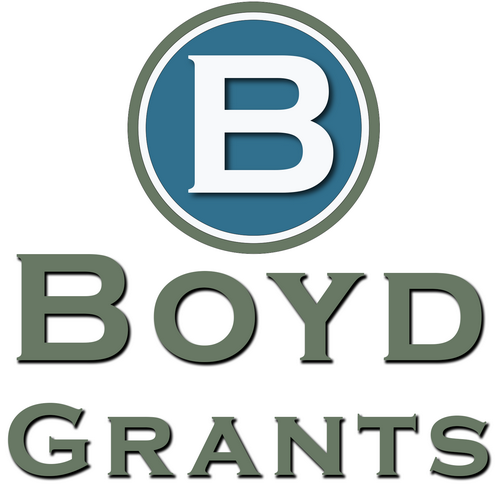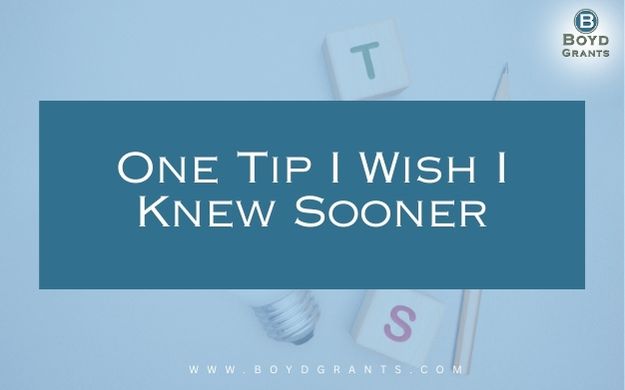Grant writing can be a challenging and rewarding journey, and like many grant professionals, I’ve had my fair share of lessons learned the hard way. If I could go back and give myself one piece of advice early on in my career, it would be this: Always read the grant guidelines thoroughly—and then read them again.
Sounds simple, right? But when you’re deep into the excitement of crafting a proposal, it’s easy to overlook or rush through the application instructions. I’ve learned that even the smallest misunderstanding of eligibility, deadlines, or formatting requirements can lead to your application being rejected before it’s even reviewed.
Here’s why this tip is so crucial:
1. Eligibility Isn’t Always Clear-Cut
One of the first places I went wrong early in my career was assuming I understood the funder’s eligibility requirements without reading the fine print. There’s often a lot of hidden language in the guidelines about who can apply, what types of projects they fund, and what geographic regions or specific populations they prioritize. Missing these details can result in wasting time and energy on an application that doesn’t even meet the basic criteria.
2. Formatting Matters
Grants come with a lot of specifics when it comes to formatting—whether it’s the length of the narrative, the required number of supporting documents, or how to present your budget. I can’t tell you how many times I’ve been so focused on the content of the proposal that I forgot to double-check the formatting requirements. The last thing you want is to lose a great proposal due to something as simple as incorrect font size or page margins.
3. Missed Deadlines Can Derail Everything
I’ve learned that deadlines for grant proposals are often non-negotiable—and they can sneak up on you if you’re not paying close attention. Some funders have rolling deadlines, while others might require a submission months in advance. Even a day late can disqualify your application, so it’s essential to have a detailed timeline and allow plenty of time for review before submitting.
4. Be Prepared to Ask Questions
If something in the guidelines is unclear, don’t hesitate to reach out to the program officer. In my early days, I was hesitant to ask questions, assuming it was better to figure things out on my own. But reaching out can save you a lot of time and effort—and often, funders are more than willing to clarify requirements or give additional tips that can help you strengthen your application.
5. Build in Time for Revisions
I used to think that once I finished a proposal, I was done. But over time, I realized that grant writing is a process of continuous improvement. After reviewing the guidelines thoroughly and drafting your proposal, it’s crucial to build in time for revisions. This means taking a step back to ensure your application aligns perfectly with the funder’s goals and carefully reviewing it for any gaps in information or missing documentation.


Recent Comments